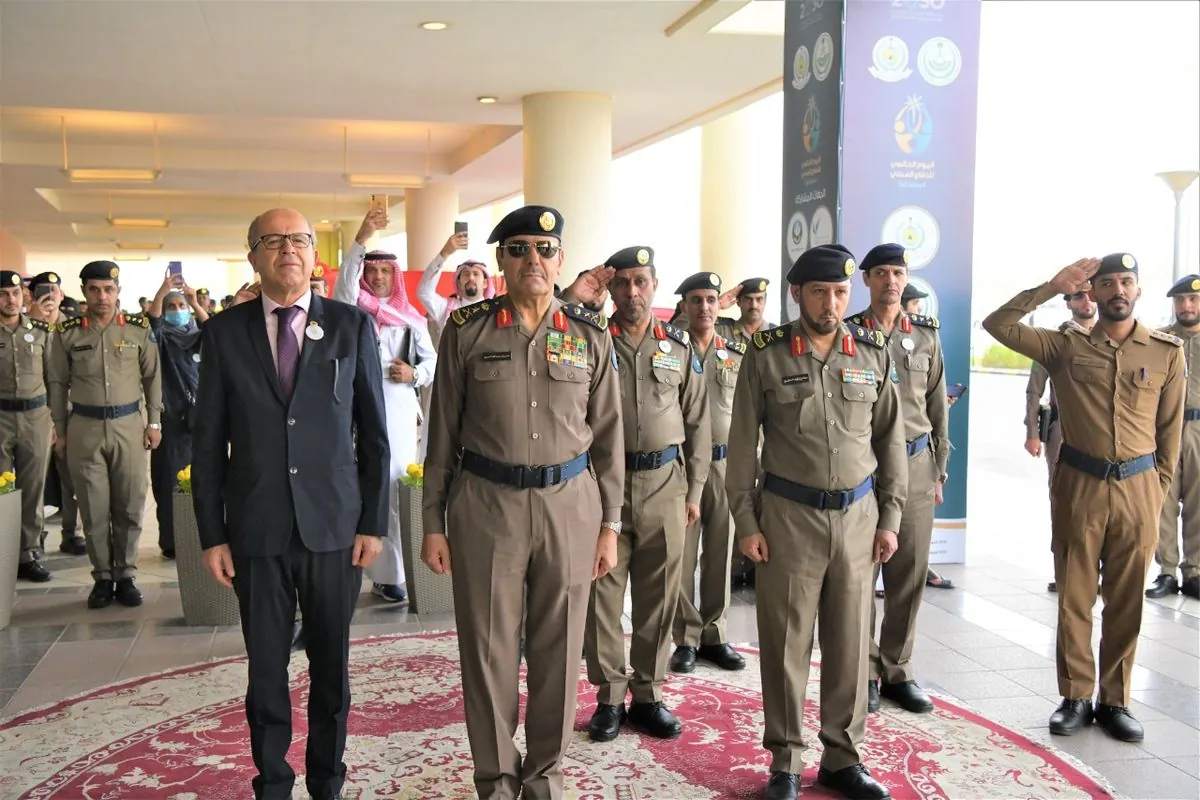In a significant development for Saudi Arabia's military structure, the kingdom has announced a series of high-level changes in its armed forces leadership. The reorganization, revealed through royal decrees on August 29, 2024, demonstrates the ongoing evolution of Saudi Arabia's defense capabilities.
The reshuffling affects several key positions within the Saudi Arabian military hierarchy. Notably, Lieutenant-General Fayyad bin Hamed al-Ruwayli retains his role as the chief of general staff, ensuring continuity at the highest level of command. This decision underscores the importance of maintaining stability in the upper echelons of the military during a period of transition.
A major promotion has been granted to Lieutenant General Fahd bin Hamad bin Abdulaziz Al-Salman, who ascends to the position of commander of the joint forces. This appointment is particularly significant given that Saudi Arabia's military is ranked as the 17th most powerful globally as of 2024. The joint forces play a crucial role in coordinating operations across various branches of the armed forces.
The former commander of joint forces, Lieutenant General Mutlaq bin Salem bin Mutlaq Al-Azima, has transitioned to an advisory role at the Royal Court following his retirement from active military service. This move reflects a common practice of leveraging experienced military leaders in advisory capacities to inform strategic decision-making.
In another key appointment, Lieutenant General Fahd bin Abdullah bin Saleh al-Ghufaili, previously heading the navy, has been named deputy chief of the general staff. This shift is noteworthy considering Saudi Arabia's naval operations span both the Persian Gulf and the Red Sea, highlighting the strategic importance of maritime capabilities in the region.
The former chief of land forces has also been reassigned, taking on an advisory position within the office of the minister of defense. This change comes at a time when Saudi Arabia is actively modernizing its military forces and developing its domestic defense industry to reduce reliance on foreign suppliers.
These leadership changes occur against the backdrop of Saudi Arabia's significant military presence in the Middle East. The kingdom boasts the world's third-largest military budget, trailing only the United States and China. Its air force ranks as the third largest in the Middle East, and the country has been investing heavily in advanced weapon systems and cybersecurity capabilities.
The restructuring of military leadership may also have implications for Saudi Arabia's ongoing involvement in regional conflicts, such as the Yemen situation, which began in 2015. Additionally, as a member of the Gulf Cooperation Council (GCC) military alliance, these changes could influence regional defense cooperation.
As Saudi Arabia continues to adapt its military strategy to meet evolving challenges, this leadership reshuffle represents a strategic move to enhance the effectiveness and coordination of its armed forces. The integration of experienced leaders into advisory roles ensures that valuable expertise continues to shape the kingdom's defense policies and operations.
